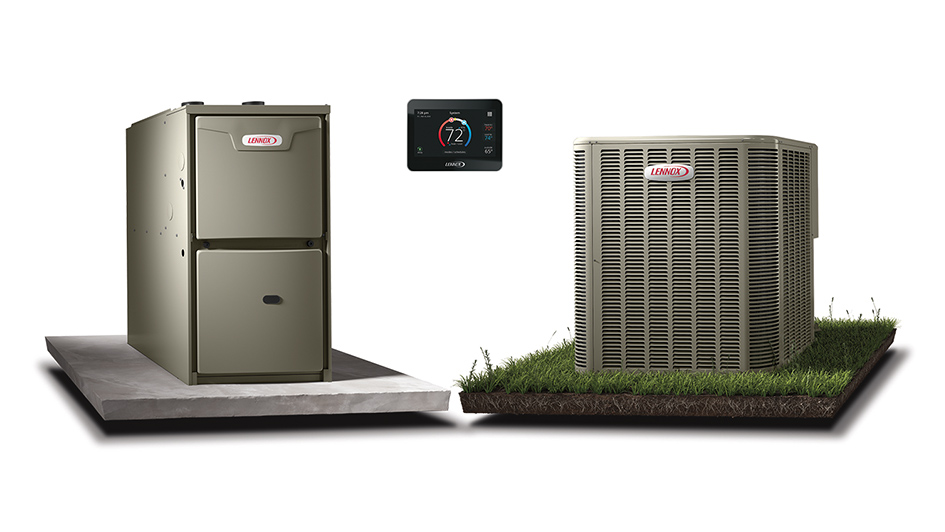
The thought of running both a furnace and heat pump may seem somewhat strange at first. After all, why do you need two heaters? Although furnaces and heat pumps both produce energy-efficient heat, the differences in their design really make installing both of them a viable option. It’s not for everyone, but under the right conditions you could absolutely benefit from using a furnace and a heat pump.
You should take a look at several factors in order to decide if this type of setup suits you. Your local climate and the square footage of your home are both highly important, especially for the heat pump. This is because numerous models of heat pumps start to run less efficiently in winter weather and bigger homes. That being said, you can still take advantage of heat pump installation in Northridge.
Heat Pumps Might Be Less Reliable in Colder Weather
Heat pumps are commonly less effective in colder weather as a result of how they generate climate control to start with. As opposed to furnaces, which burn fuel to provide heat, a heat pump reverses its supply of refrigerant to draw heat from outdoor air. This heat is then brought inside and circulated throughout your home. Provided there is still a little heat energy in the air, a heat pump should function. But the lower the temperature, the less reliable this process is.
The less heat energy is usable outside, the more time is needed for a heat pump to pull heat indoors to maintain your preferred temperature. It can depend on the type of make and model, but heat pumps can start to lose efficiency at temperatures of 40 degrees and under. They still remain an energy-efficient option until 20-25 degrees, at which point a gas furnace should be more effective.
What Temperatures Do Heat Pumps Run Best In?
Heat pumps manage best in milder climates 40 degrees and up. Having said that, you don’t have to miss out on the benefits of a heat pump just because the local climate is colder. As a matter of fact, that’s why installing both a furnace and heat pump can be worth the expense. You can use the heat pump for energy-efficient heat until the weather is cold enough to justify swapping to something like a gas furnace.
Certain makes and models claim greater effectiveness in cooler weather. For example, the Lennox MLA heat pump is capable of operating at 100% capacity at 0°F. It can even remain efficient in temperatures as low as -22°F. For maximum energy efficiency, you’ll likely still want to swap to the furnace in severely cold weather.
So Should I Put in a Heat Pump if I Have a Gas Furnace?
If you’re thinking about maintaining the most energy-efficient HVAC system possible, having a heat pump and gas furnace at the same time deserves the investment. Not only is a dual-heating system versatile, but it provides other perks including:
- A source of backup heating – A redundant heating system means even if one stops working, you still have the capability to heat your home. It may not be the most energy efficient, but it’s better than having an unheated home while you wait for repairs.
- Fewer energy costs – The ability to choose which heating system you use according to the highest energy efficiency lowers your total costs. Smaller heating bills over the life of these systems can really add up to a lot of savings.
- Less strain on both systems – Compared to running one system all winter long, heating duties are split between the furnace and heat pump. Key parts may last longer since they’re not under constant use.
If you’re still unsure about heat pump installation in Northridge, don’t hesitate to reach out to your local expert technicians. They can evaluate your home’s comfort needs and help you determine if a dual-heating HVAC system is the better option.

